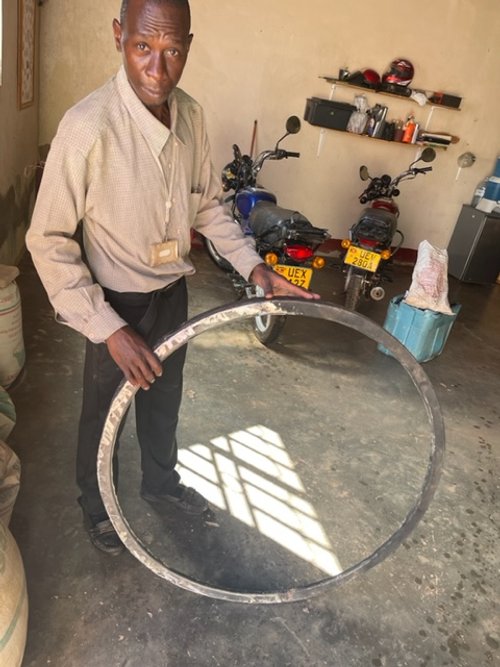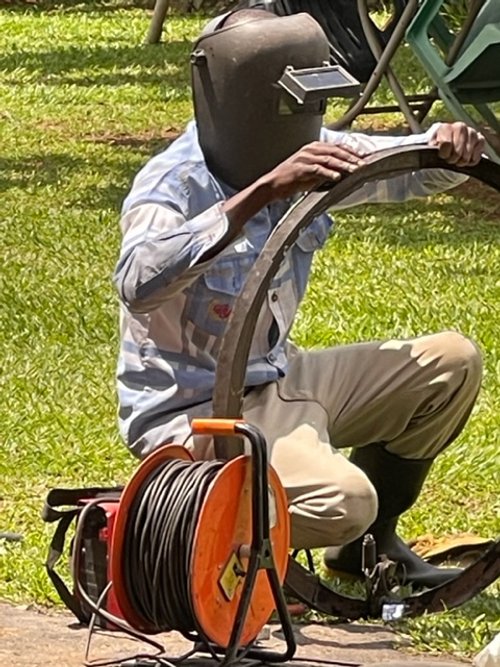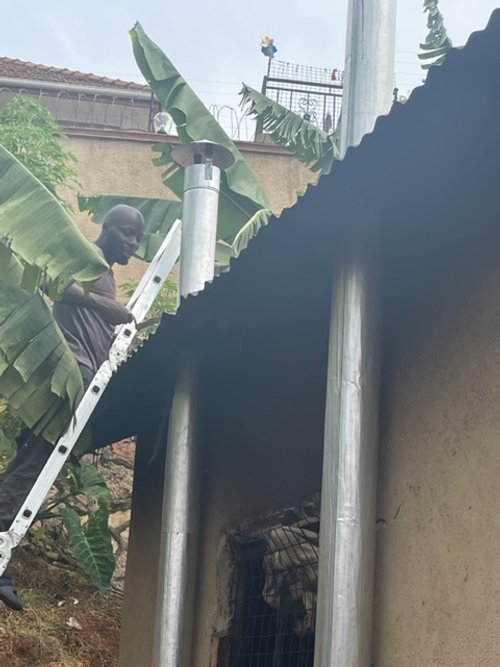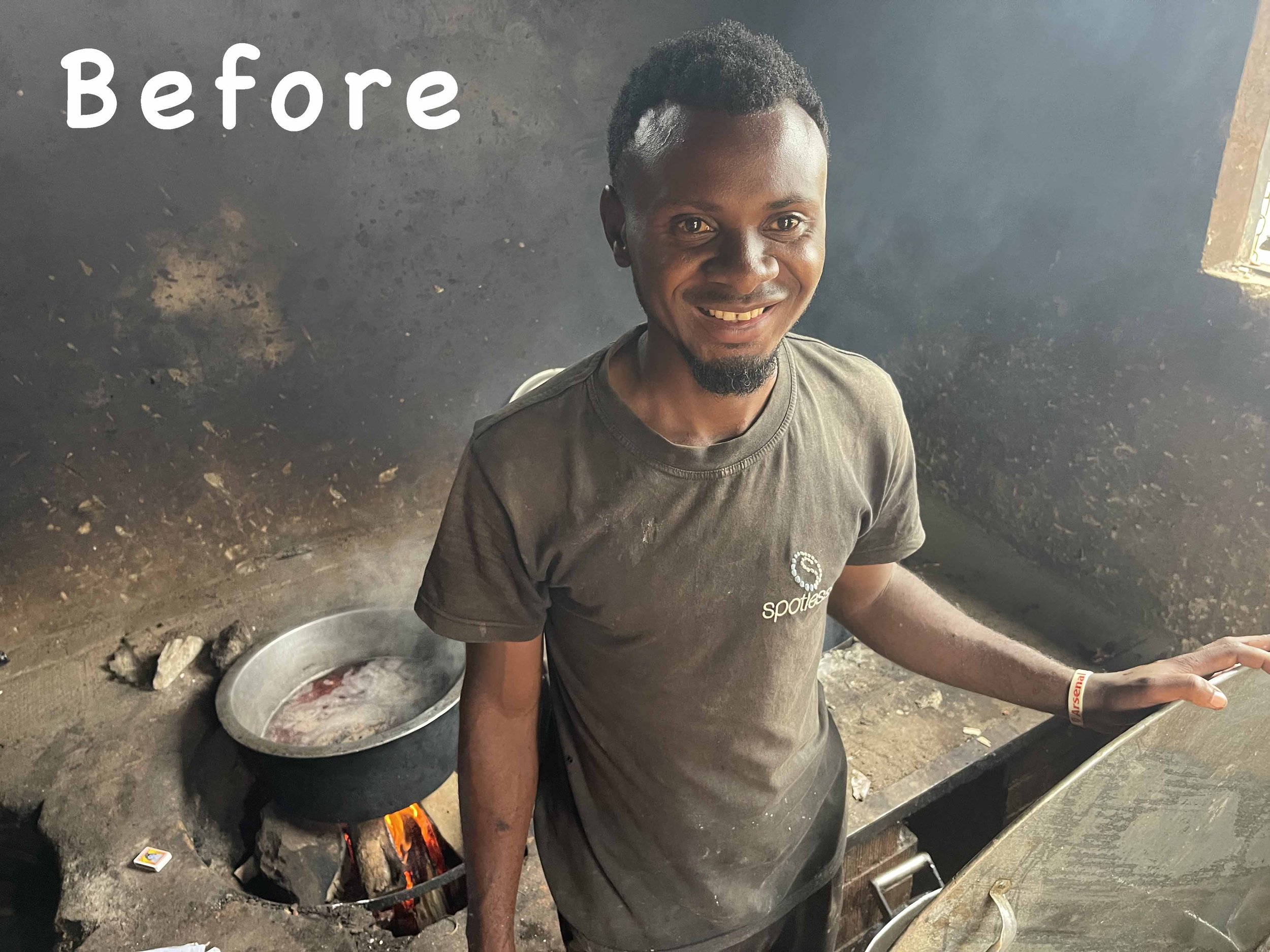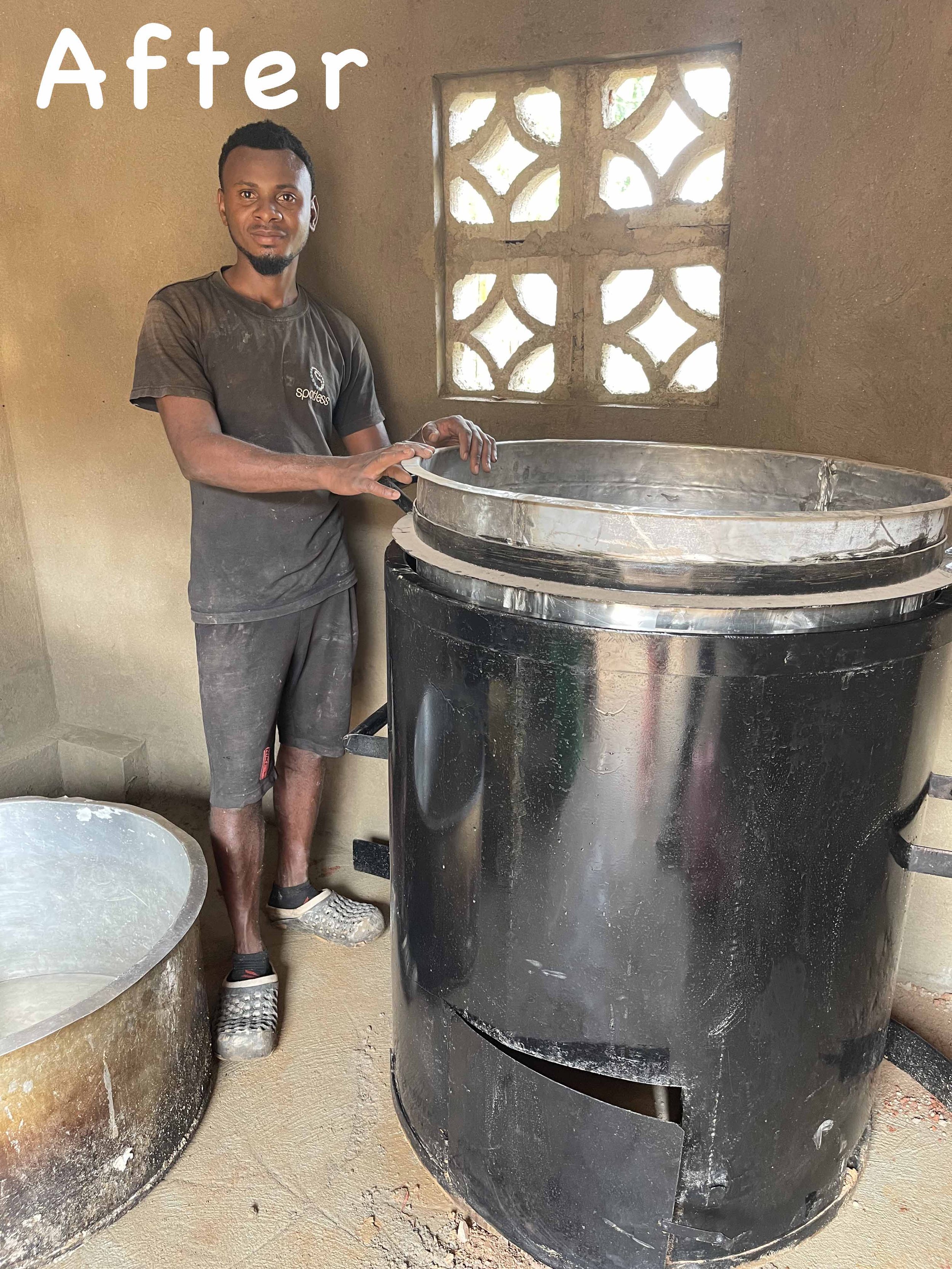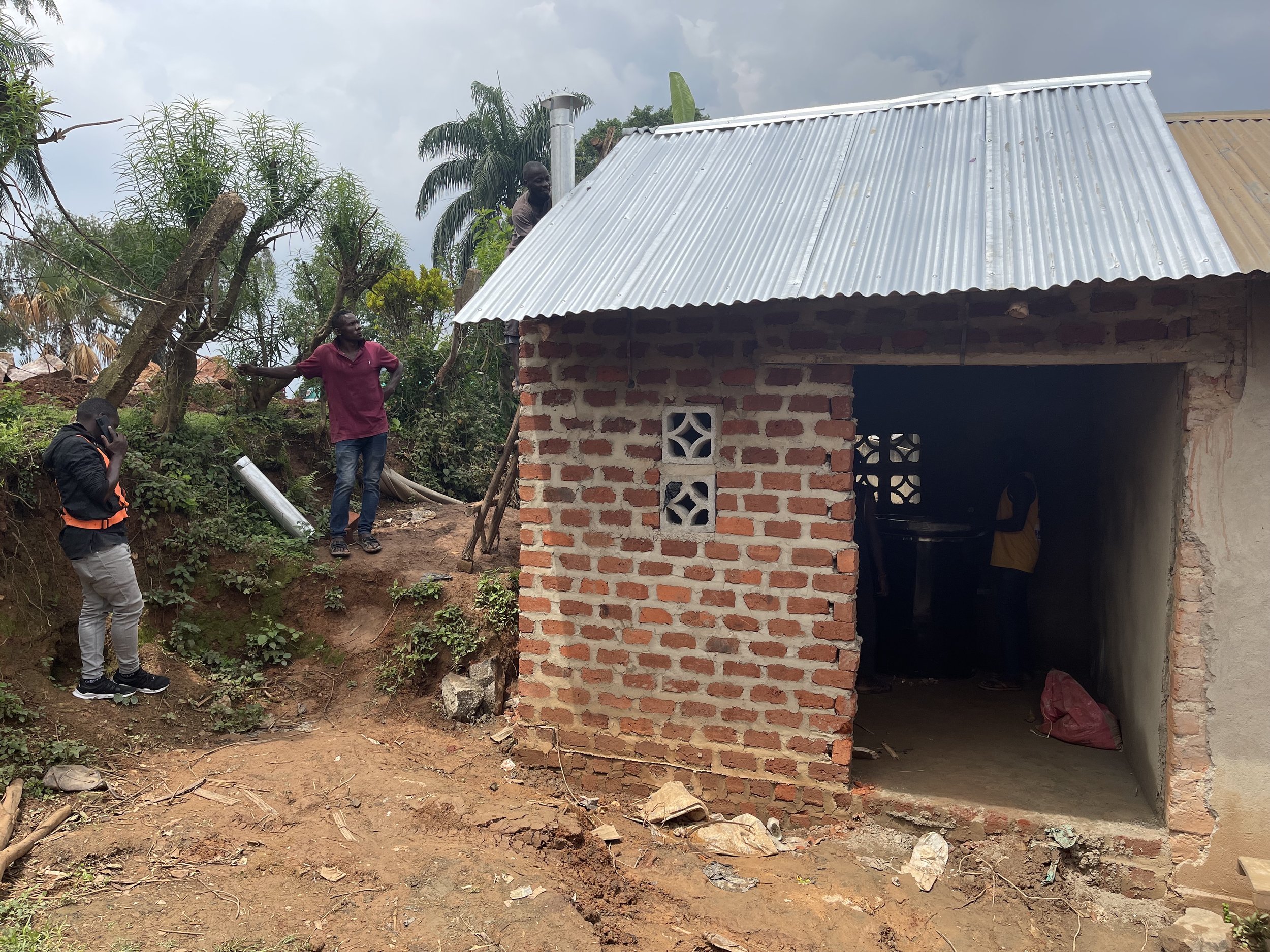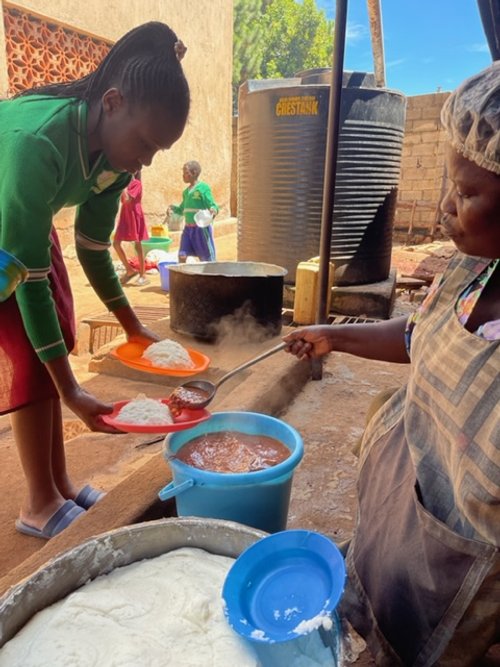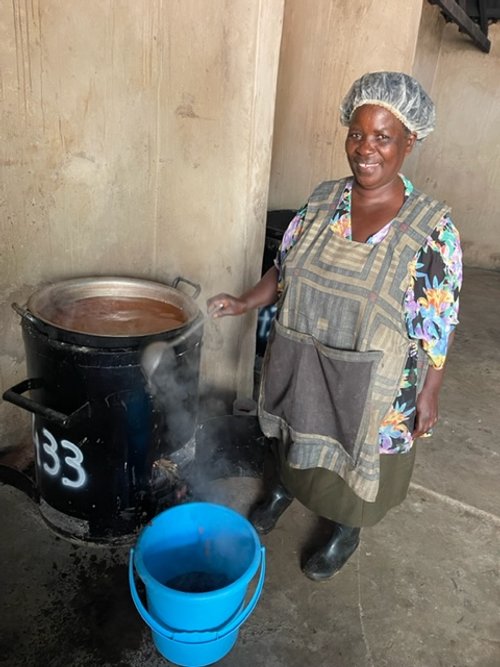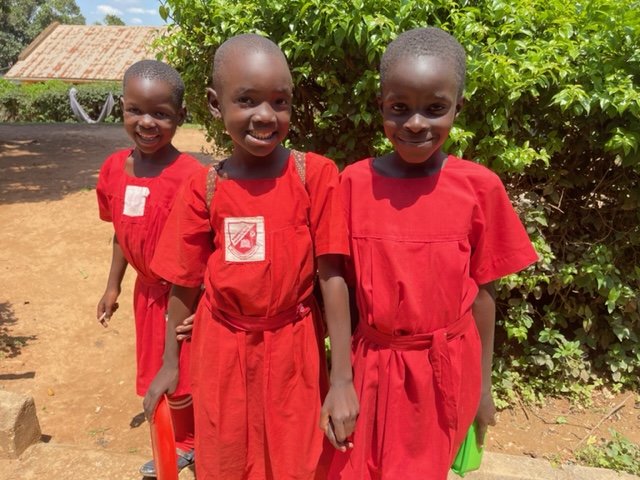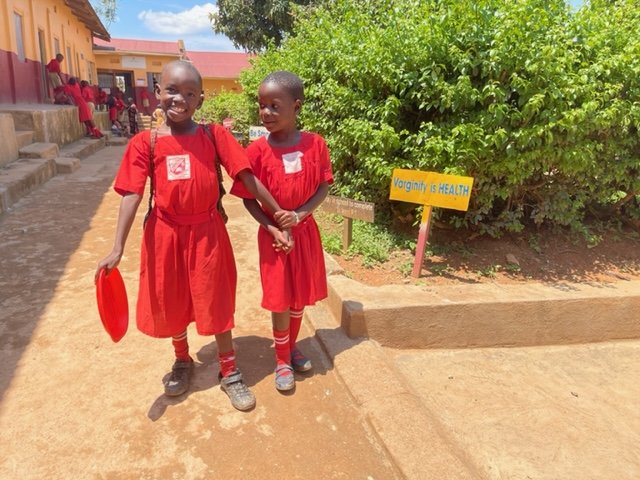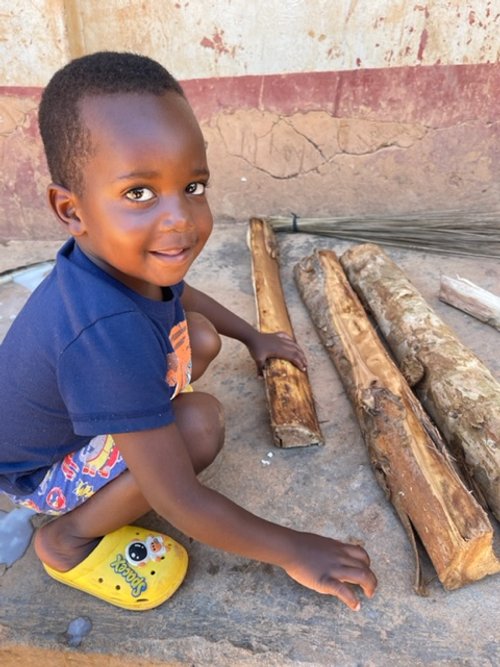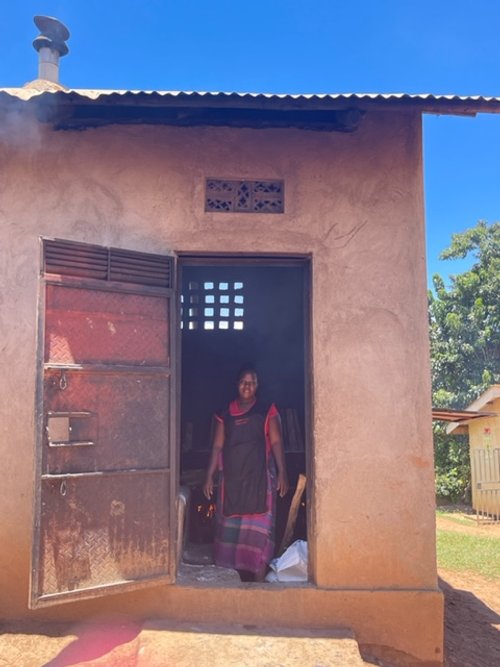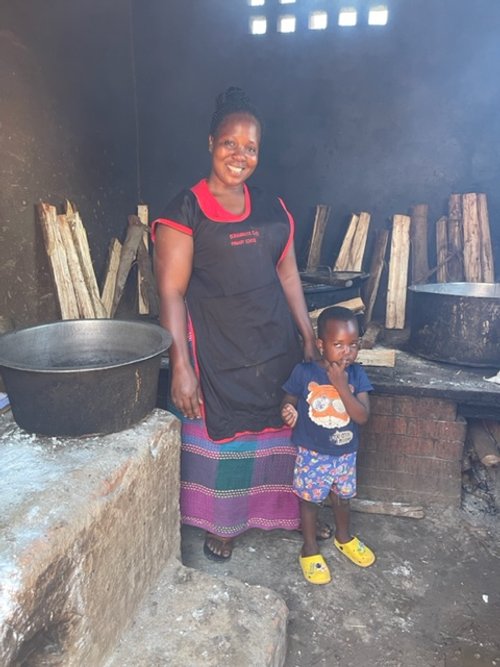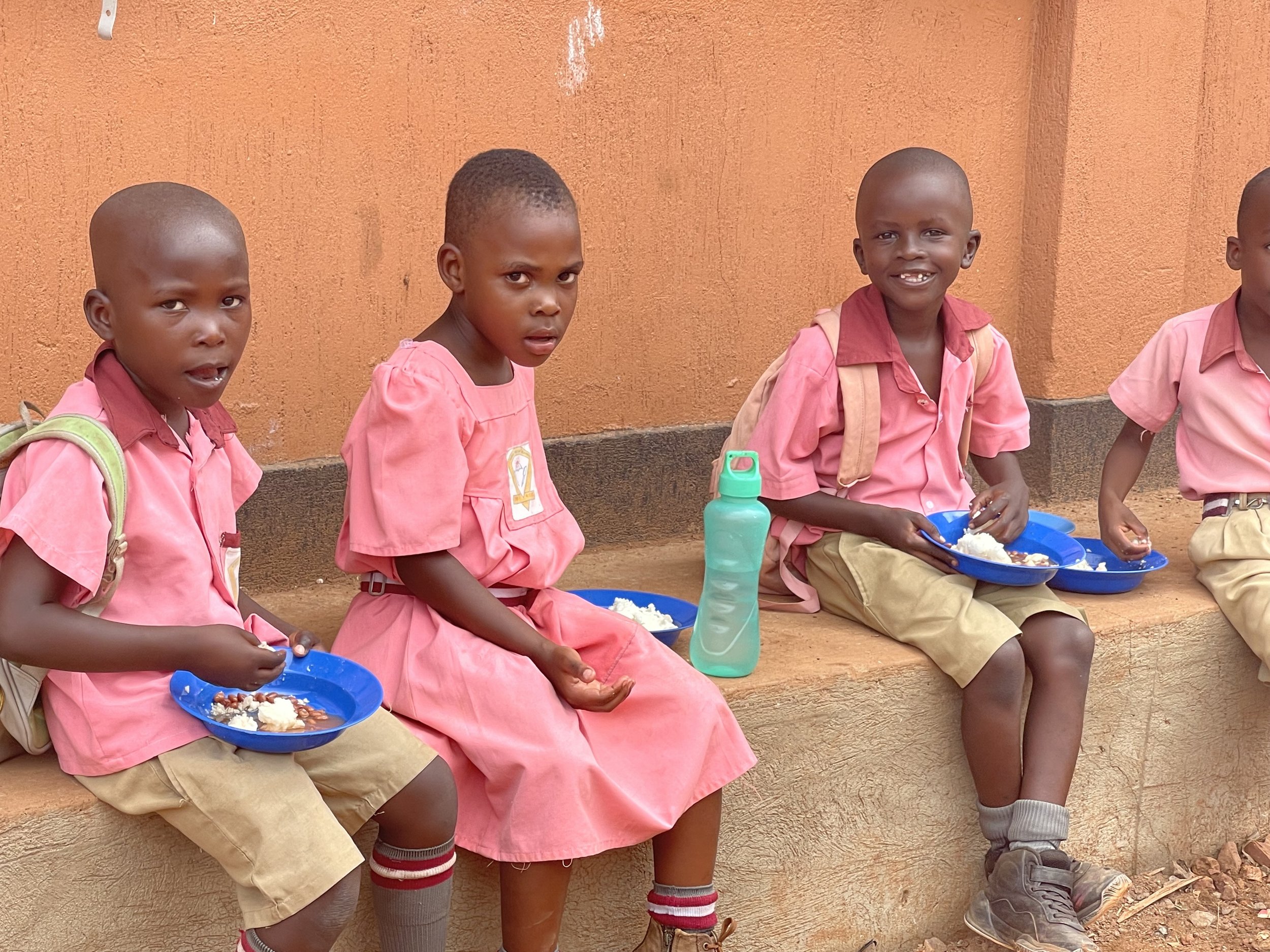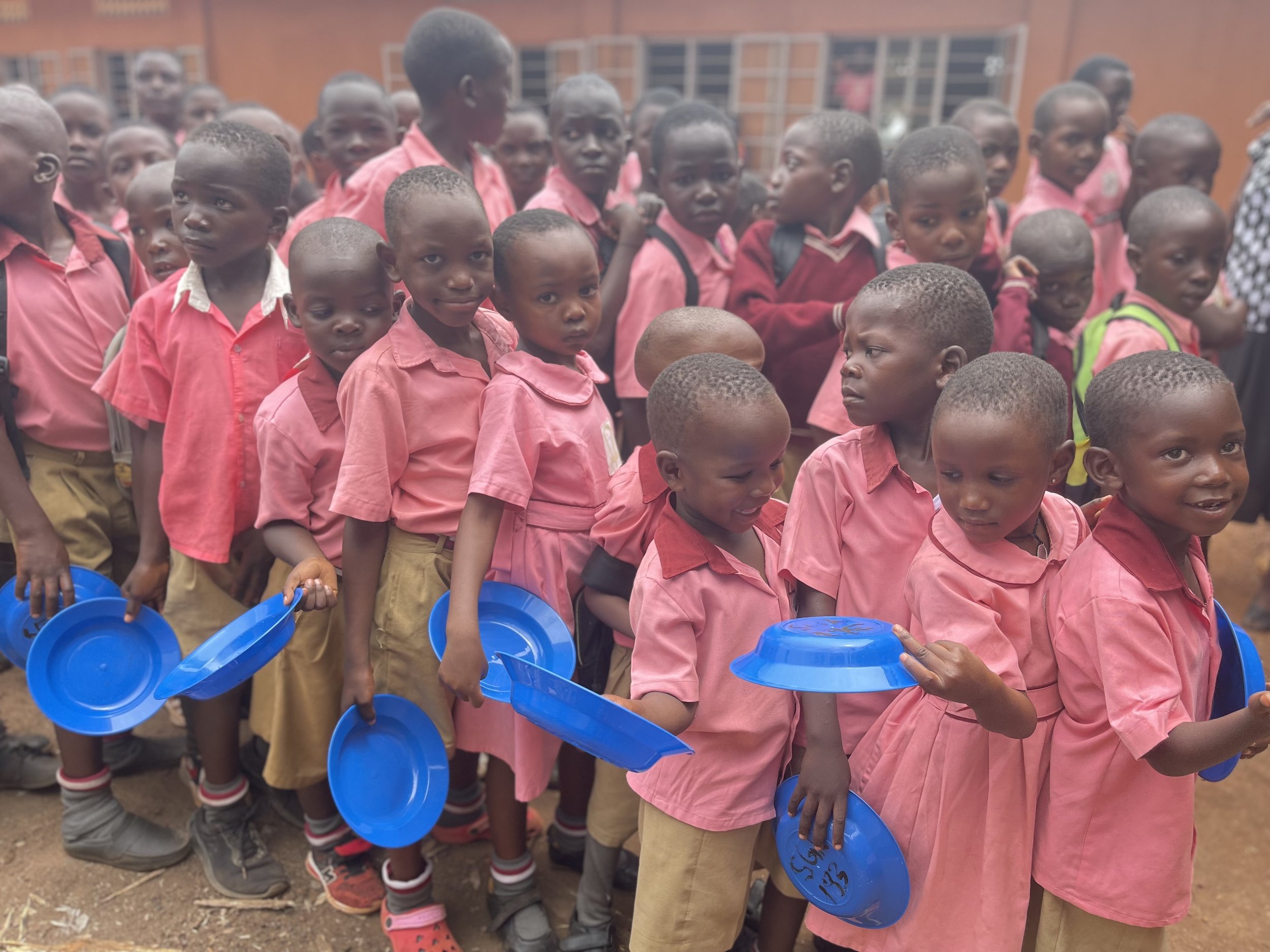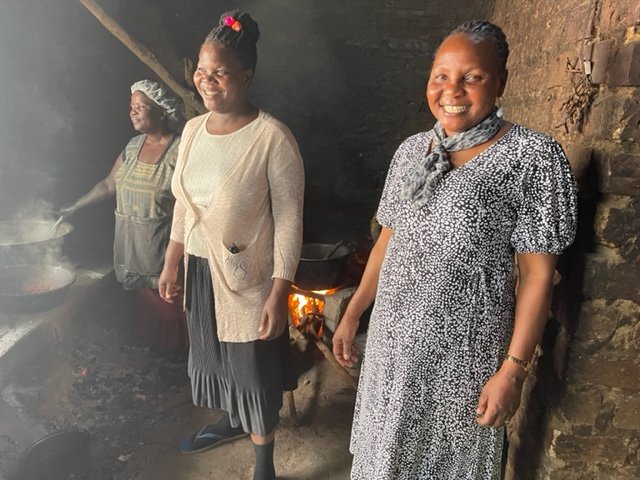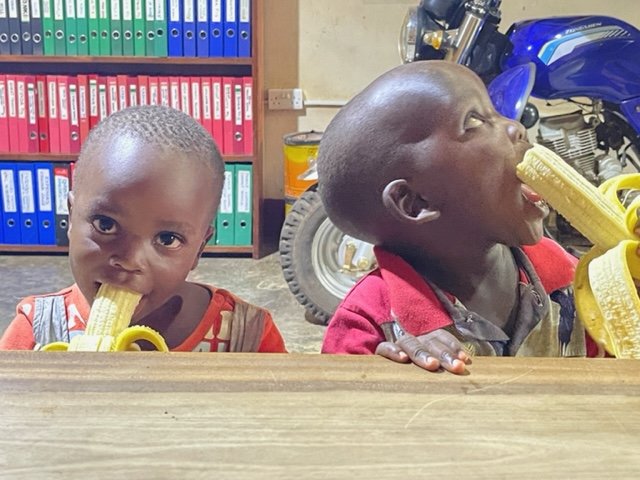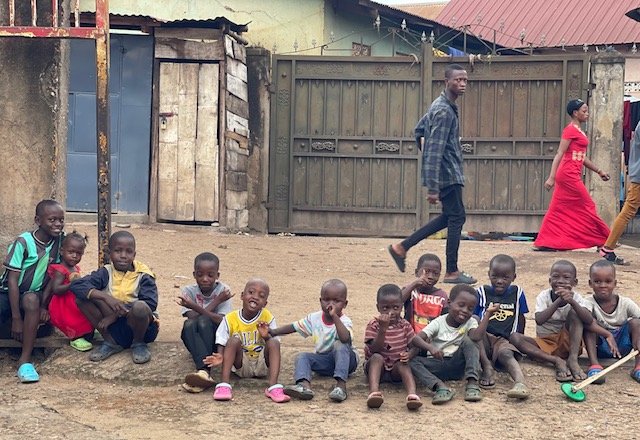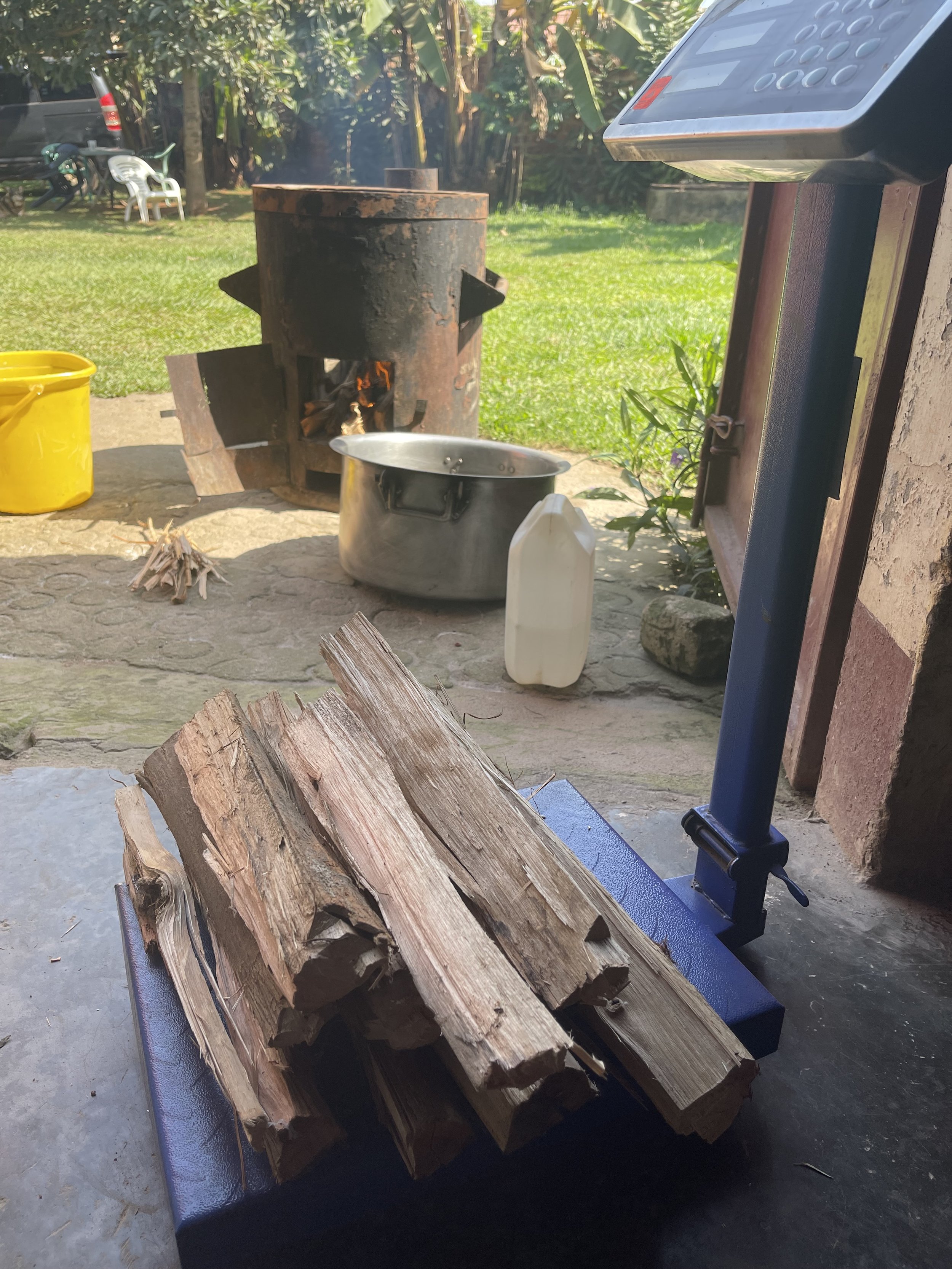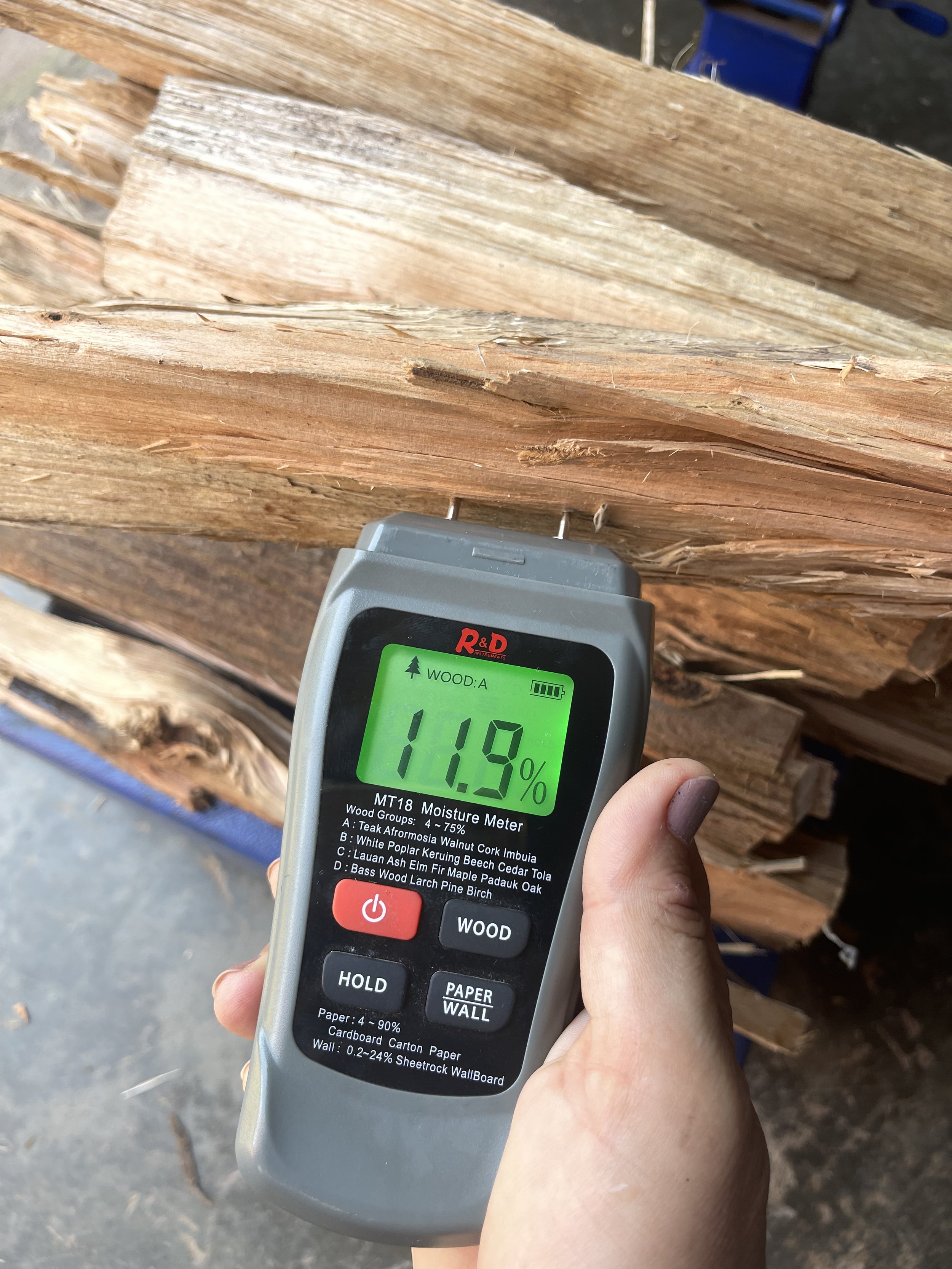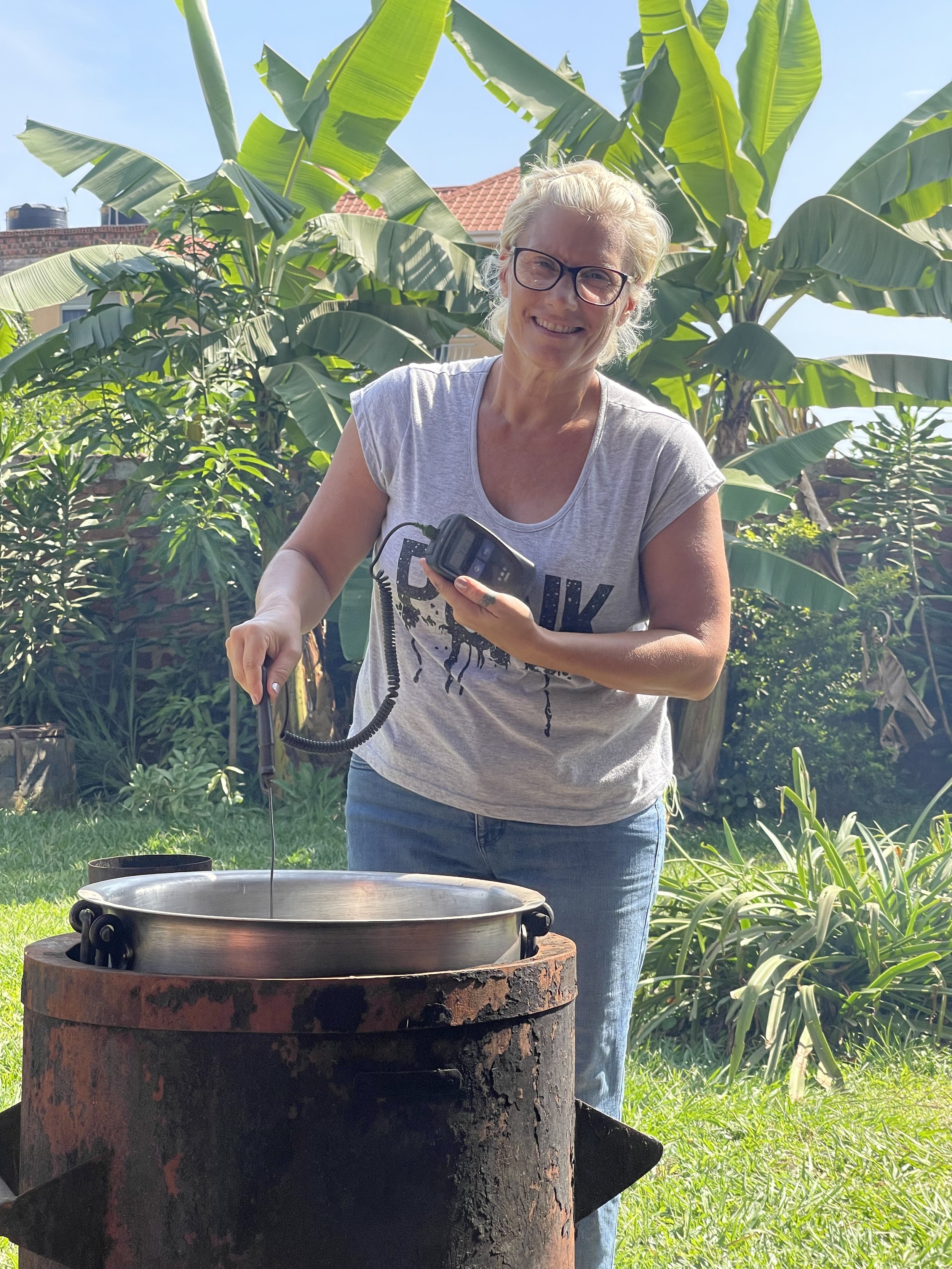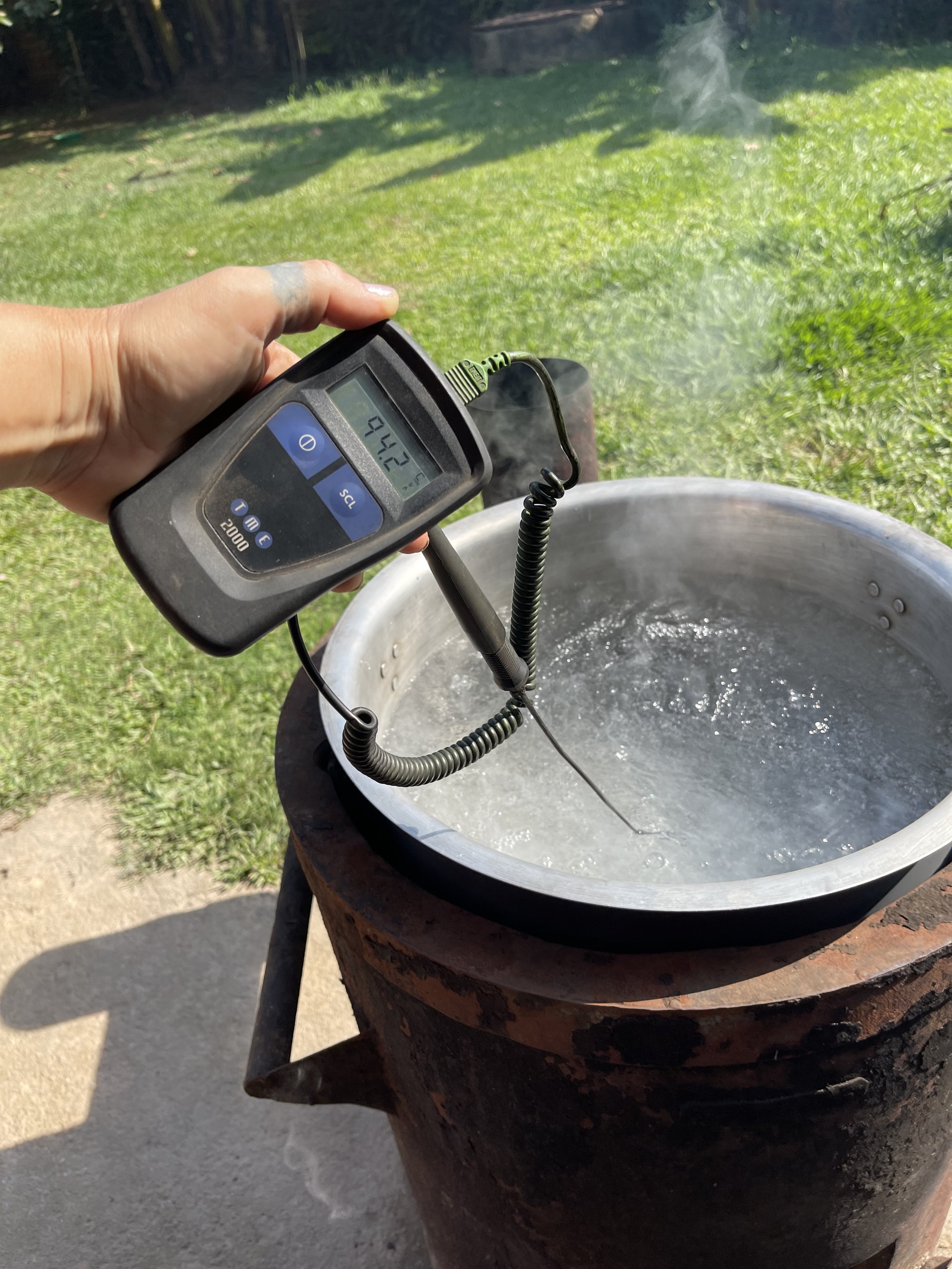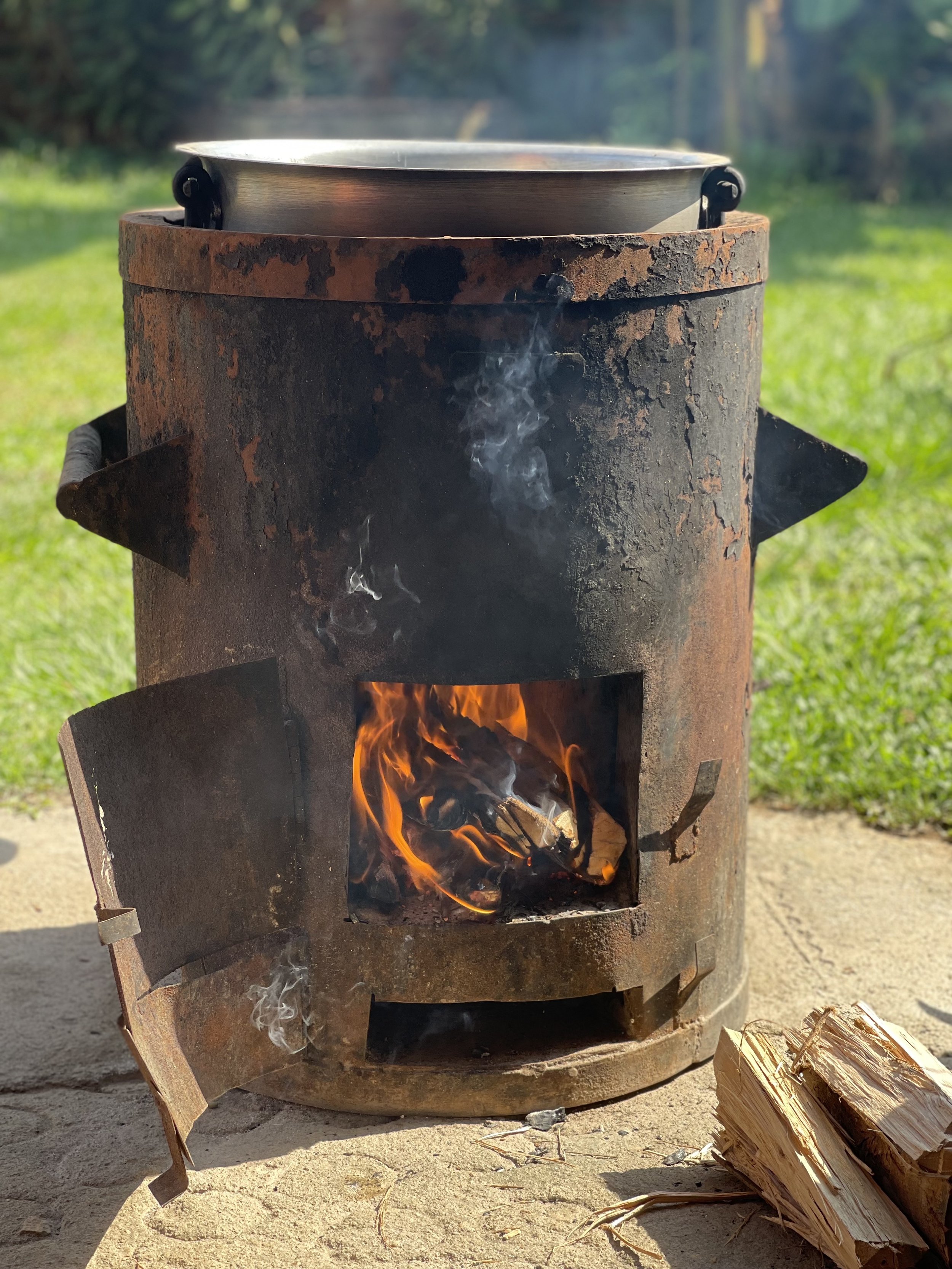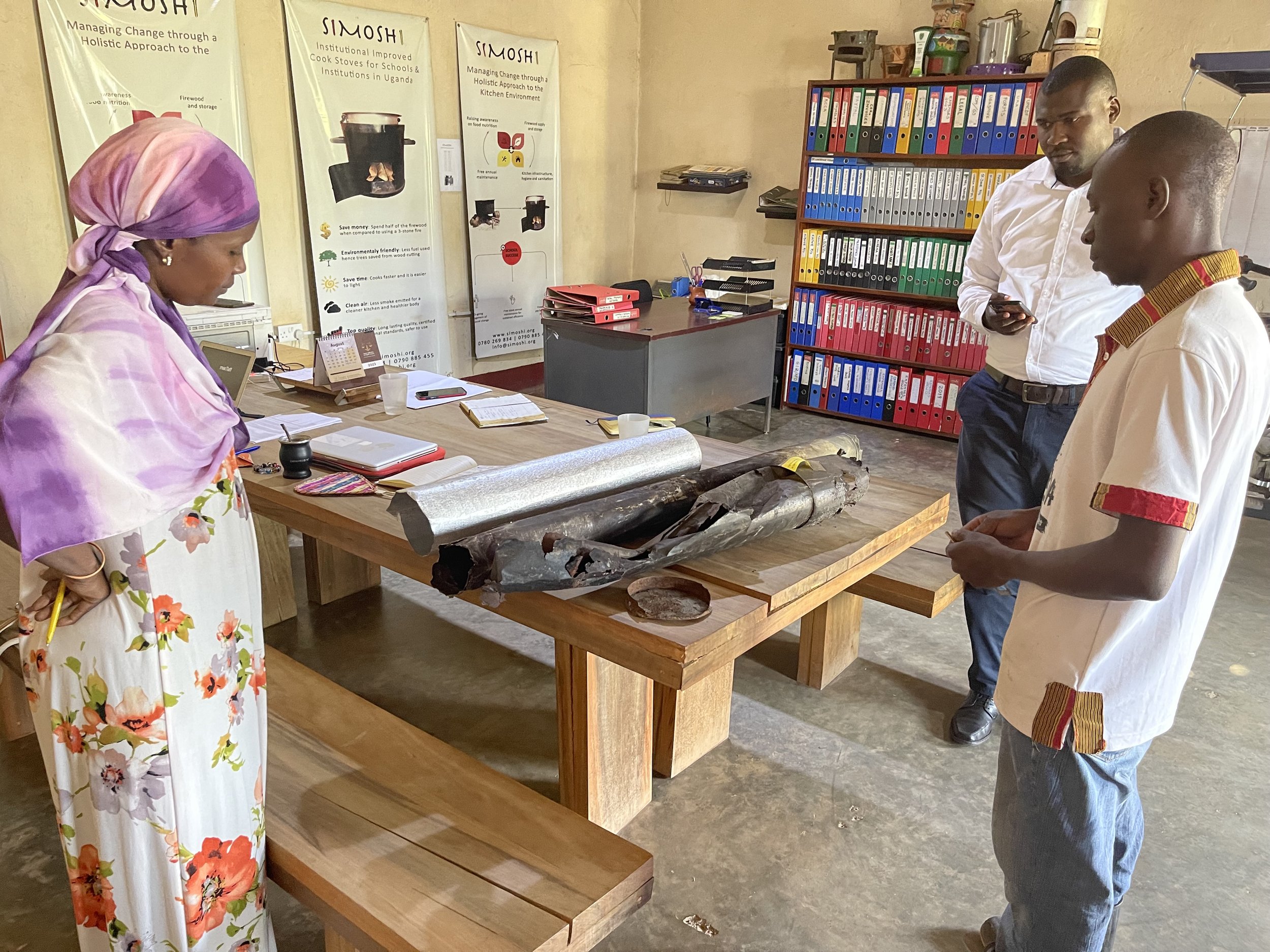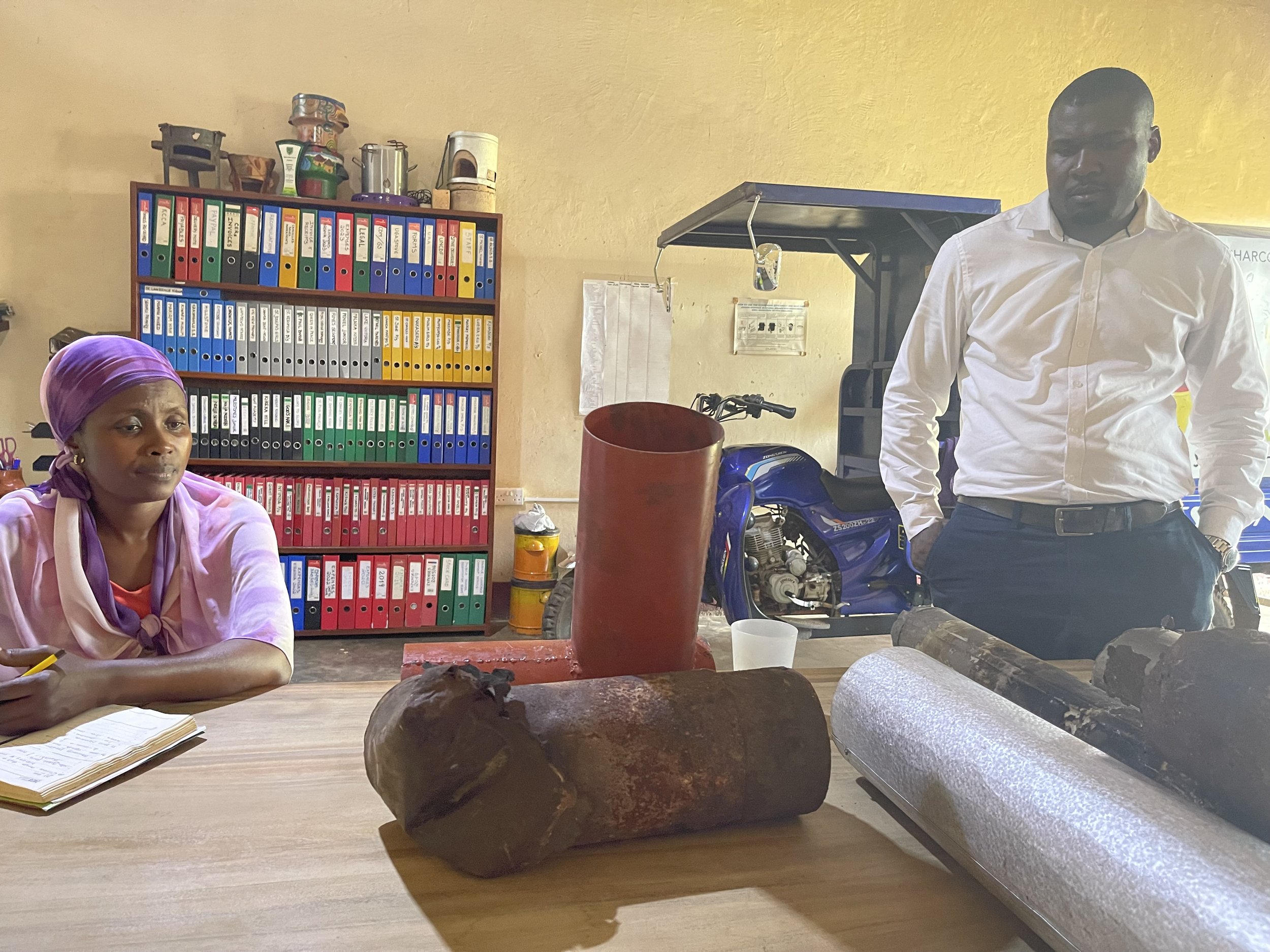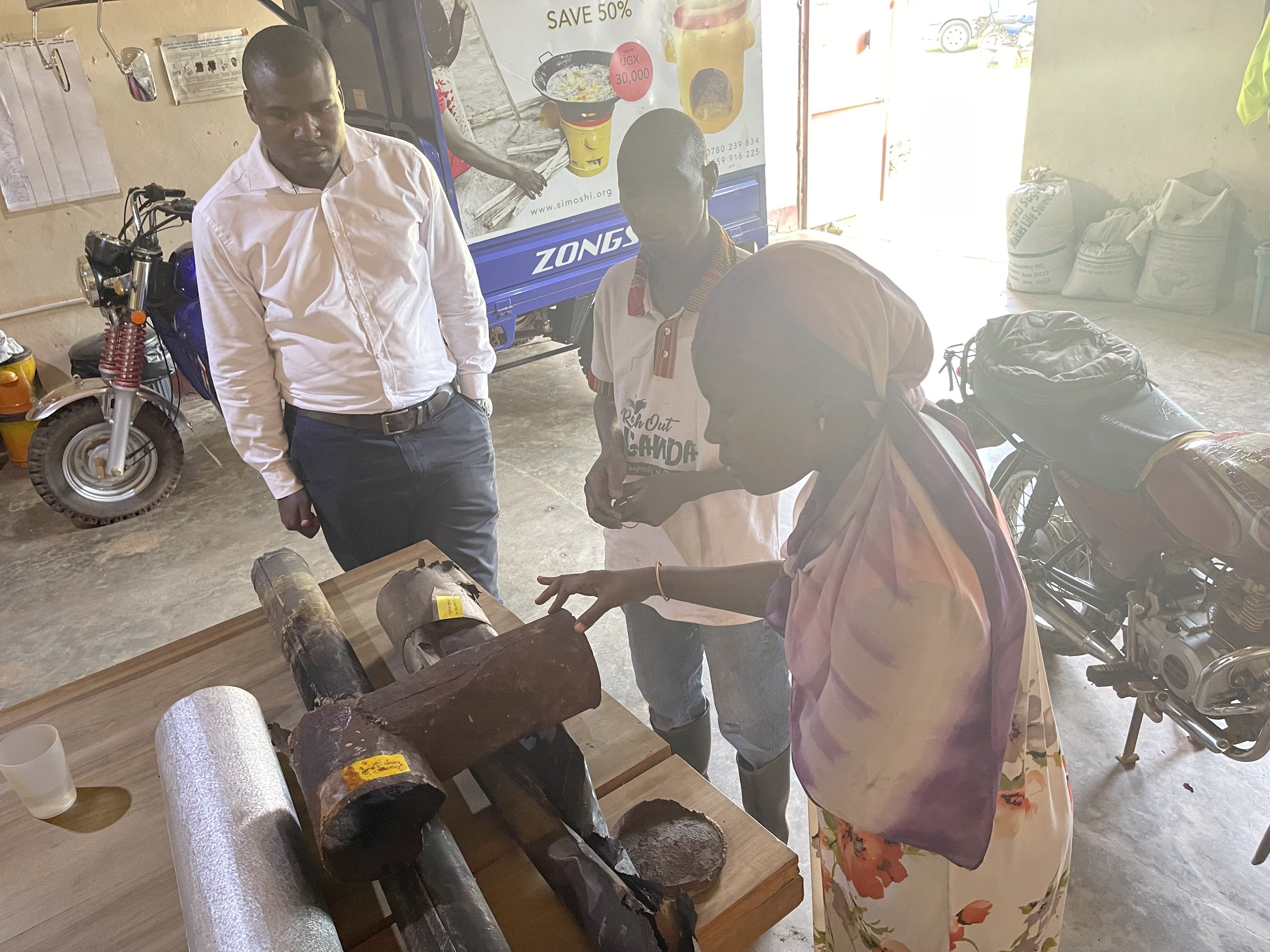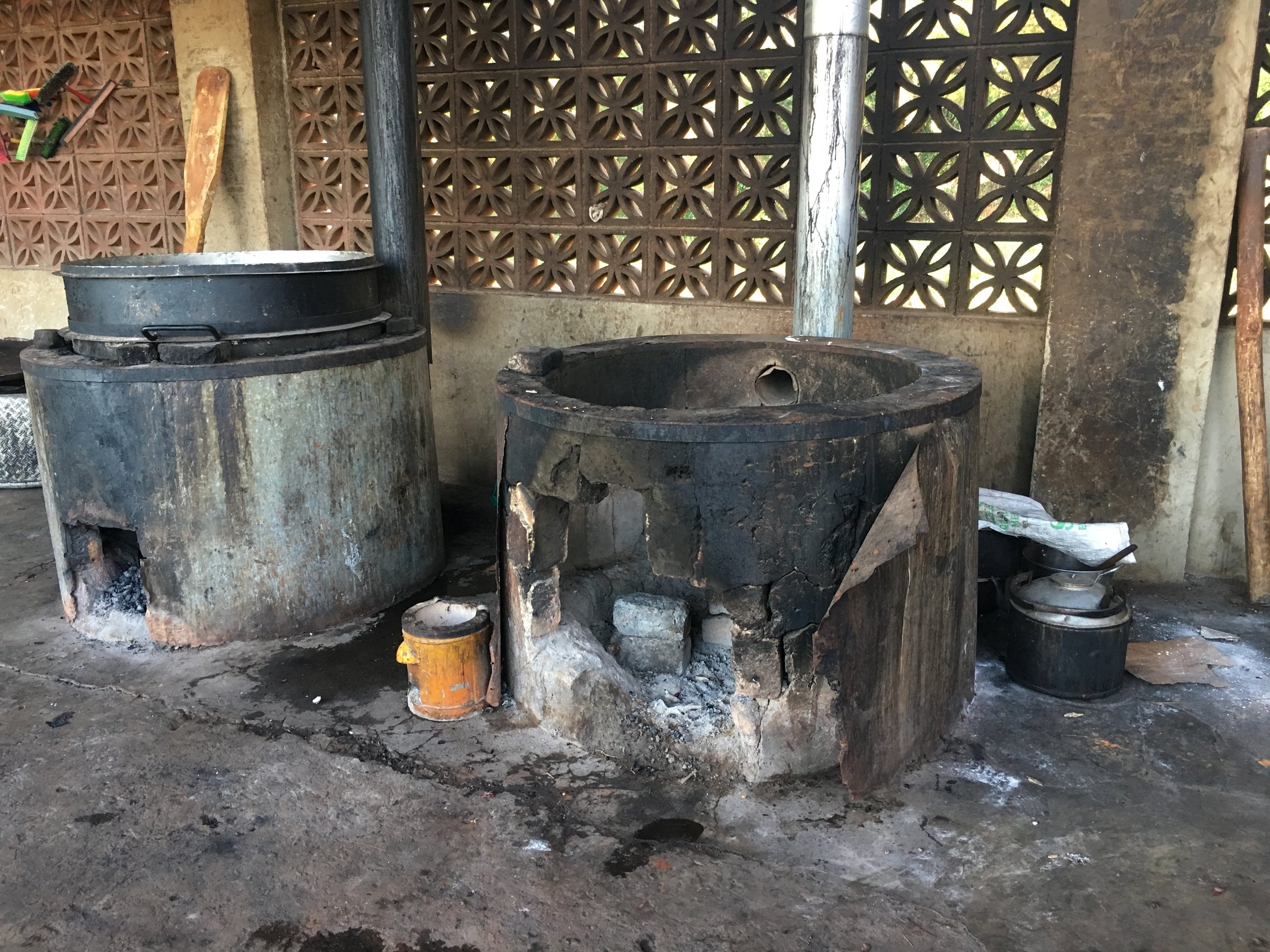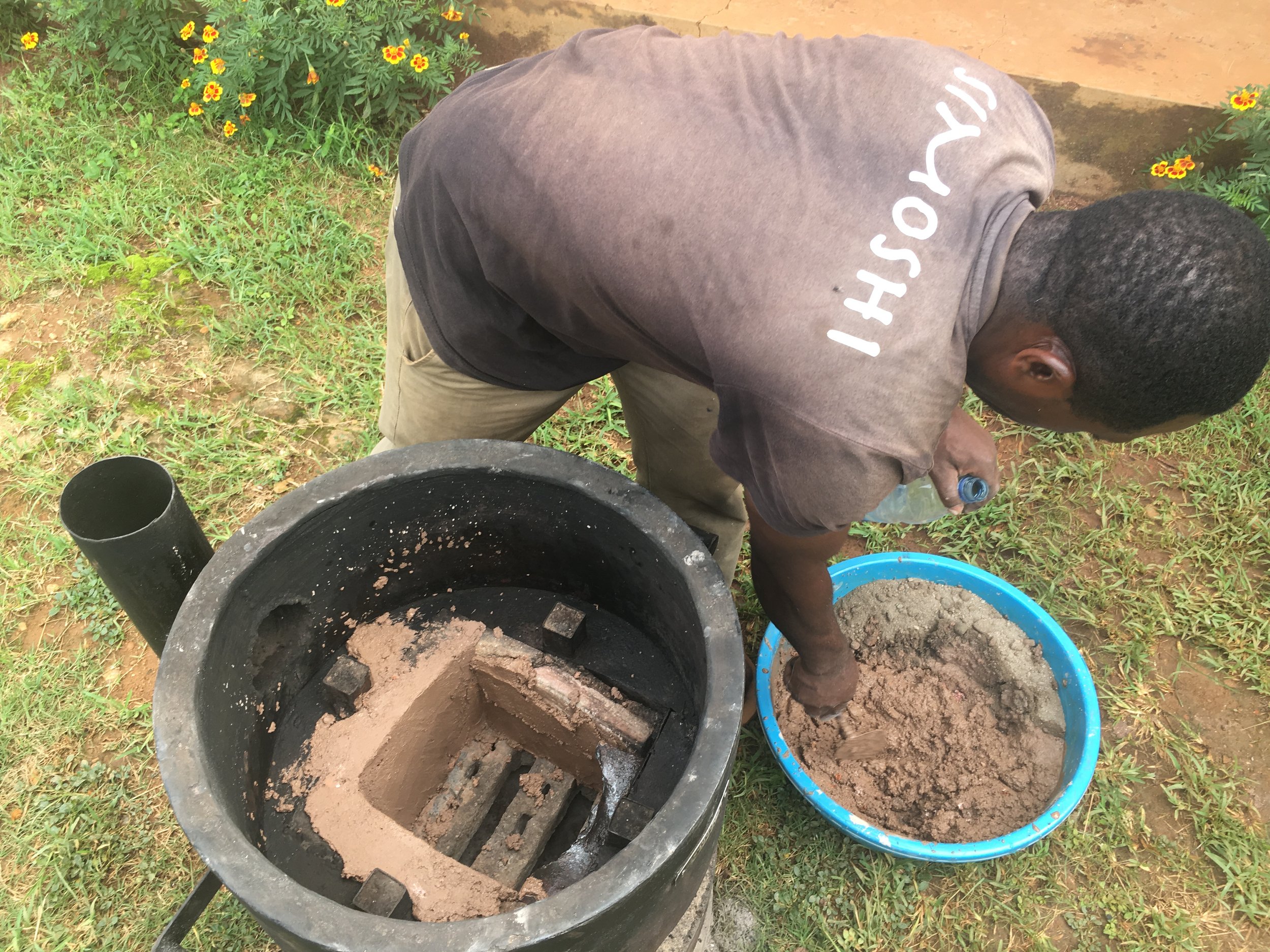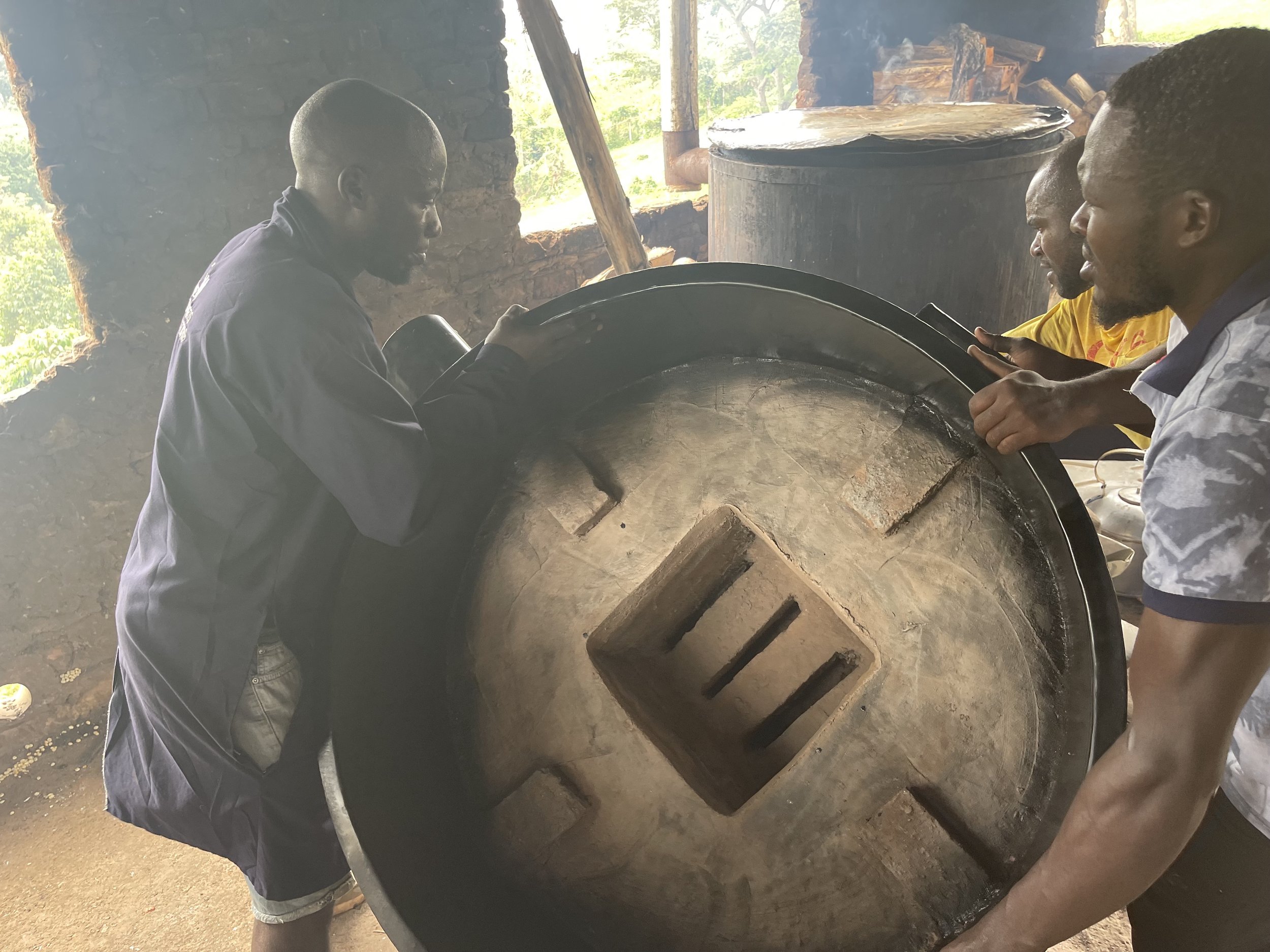It is well-known that breathing in smoke daily from traditional three-stone cooking methods is equivalent to smoking two packs of cigarettes a day, leading to various negative health effects, including a weakened immune system. By using IICS, smoke pollution in schools has drastically reduced or been completely eliminated.
Hasadu Kilabira, the Director of City Junior School, mentioned that the smoke was significantly affecting the staff and students due to the school's relatively small size. However, after installing the IICS, they managed to eliminate the smoke. As a result, the health of teachers and students has improved, leading to fewer absences and allowing children to spend more days learning, thus enhancing the quality of their education. Additionally, smoke-free classrooms improve students' visibility of teaching boards and minimize disruptions during teaching periods, which are crucial factors in helping children acquire and retain knowledge.
Hasadu Kilabira also reported that since implementing the IICS, their school only uses one truck of firewood per term, compared to three trucks when they relied on three-stone fireplaces.
Similarly, Ddamulira Roberts, a cook at Kabowa COU primary school, stated that they reduced their firewood use from two lorries per term to one lorry every two terms, resulting in a 50% reduction in firewood consumption. This not only mitigates deforestation and reduces carbon dioxide emissions, but also saves schools hundreds of dollars each term, which can then be allocated to educational resources for the students like new books, writing materials, infrastructure, and computers.
Children cannot learn effectively without a clean environment and the necessary resources. Therefore, the next time you decide to offset your carbon emissions, consider purchasing your credits from Simoshi. By doing so, you will not only contribute to the environment but also invest in the lives of Ugandan children, ensuring their access to quality and safe education”.

